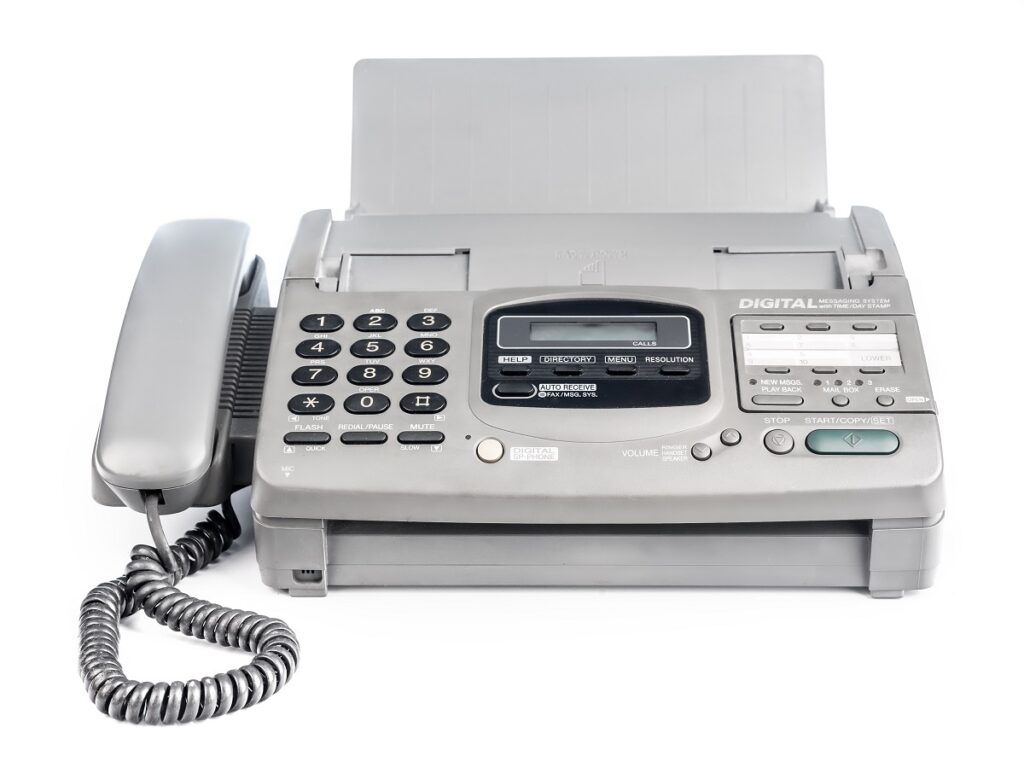Summary
FaxBurner lets you send and receive faxes directly from your smartphone or tablet without a machine or phone line. Use the app to scan, upload, or import documents and fax them in minutes on iPhone or tablets with simple, … Read more
FaxBurner lets you send and receive faxes directly from your smartphone or tablet without a machine or phone line. Use the app to scan, upload, or import documents and fax them in minutes on iPhone or tablets with simple, … Read more

Fax numbers function almost exactly like phone numbers, using country codes, area codes, and local digits to direct documents where you want them to go. Their length varies by region, and international faxing is just as easy as local … Read more
Faxing doesn’t have to mean hunting down a machine, or dealing with outdated equipment or confusing software. Just upload your document, send it through FaxBurner’s online service with your own dedicated and encrypted fax number, and receive instant confirmation … Read more
Updated December 2025
If you need to send a fax, walk-in services like FedEx, UPS, and Office Depot can handle it, but there are limitations: inconsistent pricing, limited hours, privacy concerns, and the hassle of resending when faxes … Read more
Updated December 2025
Summary:
To send a fax from your printer, you must first confirm that it’s fax-capable by checking for a dedicated fax button or phone jack on the back of the machine, or, alternatively, installing the required fax … Read more
Legal fax is still part of everyday work for law firms. Even with email and document sharing platforms available, many lawyers continue to fax legal documents like contracts, court filings, and signed agreements. It’s fast, practical, and accepted by courts … Read more
Paper piles up fast, and before you know it, the counter looks like an office desk gone rogue. Old receipts hide under random books, bills mingle with takeout menus, and that “important” paper you needed last week is missing in … Read more
Remote work isn’t exactly a novelty anymore; it’s pretty much just how many people are working today. Dining tables, spare rooms, and even that awkward space under the stairs have all served as makeshift offices at some point. The thing … Read more
You don’t need to pay a monthly fee just to create a spreadsheet or write a report. The best free office software in 2025 gives you everything you need: word processing, presentations, spreadsheets, and cloud sync without the steep cost … Read more
In real estate, speed and timing often decide who gets the deal. Even with email and digital signing platforms, fax still holds a place in the process. Why? Because it delivers. It’s fast, direct, and with fewer disruptions.
Agents are … Read more